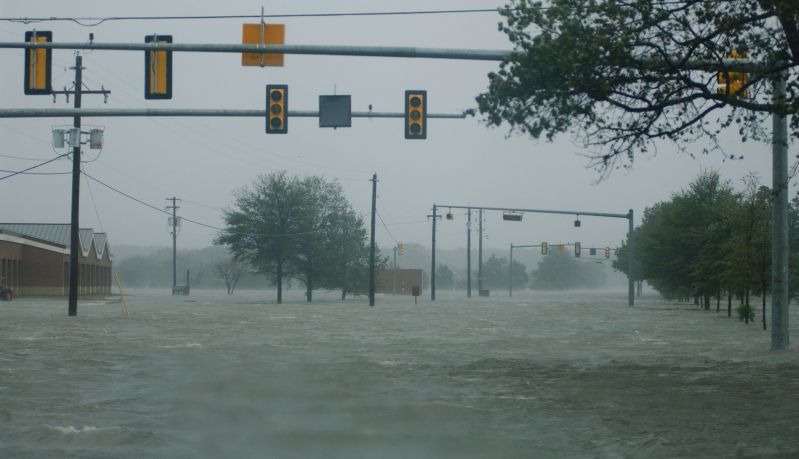Health Dangers of Floodwater
Published on by Water Network Research, Official research team of The Water Network in Academic
ASU Now spoke with Morteza Abbaszadegan, an Arizona State University professor of environmental microbiology and engineering, about the composition and safety of floodwaters and what to do after the floodwater recedes.
Abbaszadegan is the founding director of the National Science Foundation Water and Environmental Technology Center at ASU. His research expertise is in health-related water microbiology, pathogen removal, water quality in distribution systems, and techniques to detect viruses, bacteria and parasites in water environments.

Question: What should Houston-area residents be aware of before entering floodwater?
Answer: One of the biggest issues after a flood of this magnitude is microbial pathogens. Some residents will have no choice but to wade into floodwater. And, if that’s the case, they should focus on safety and hygiene. Don’t drink the water, don’t touch your mouth after your hands have been in the water, don’t cook with the water. Boiling water before you drink it will help. Drying supplies that have been soaked also will help.
Also, if you need to get in the water, use visual cues to determine how contaminated the water near you may be. You might see dead mice or rats, or you may see fecal matter floating in the water. Try not to touch any of those materials.
Q: What microorganisms are in floodwater, and how do they get there?
A: We know wastewater has a very high number of disease-causing microorganisms, such as salmonella, rotavirus and cryptosporidium. There also is pathogenic E. coli. You also will find various chemicals and contaminants. Some people don’t realize the extent of what is mixed into floodwaters, and many may think they are just seeing rainwater. That is not the case.
When a flood overwhelms wastewater treatment plants, there will be overflow to different parts of the city and community. In normal situations, we don’t get exposure to wastewater because it is delivered to sewage lines and then to treatment plants. It is treated and then discharged. In floods of this magnitude, you will find raw sewage overflowing and exposing people to a number of pathogens.
Q: What happens when the water recedes?
A: The biggest issue will be mold and fungi, which grow about four to seven days after the water recedes. Many types of cellulose materials, including plywood, provide enough nutrients for fungi and mold to grow at fast rates. And, Houston, with its high level of humidity and warmth, provides an environment that helps microorganisms such as penicillin and other toxin-producing molds grow at a faster rate.
Q: Are certain populations more vulnerable than others?
A: Yes, anyone very young, very old or sick. Many people saw the photo of residents in a nursing home sitting in waist-deep waters. Nursing-home residents often have weakened immune systems due to age or illness. If the residents in the photo were to pick up these microbes, they are more susceptible to illness.
Q: How can floods of this magnitude affect a region’s water sources?
A: There are source waters, such as rivers, where cities may take water, treat it and then distribute it. Due to the floods, the source water quality can change significantly. If that’s the case, the source water may get a higher load of microorganisms because of an influx of untreated wastewater and runoffs from the soil that will be washed into rivers. Then, residents would have an issue with drinking water and some people may get sick.
Public officials will monitor this. But if residents are concerned, they can boil their water before they drink it and use bottled water if it is available. Residents also can pay more attention to personal hygiene, and make sure to wash their hands often.
Source: ASU Now
Media
Taxonomy
- Waterborne Pathogens
- Microbiology
- Flood management
- Flood damage
- Flood Risk Management
- Water microbiology
- Microbiology
- Flood